Entomology
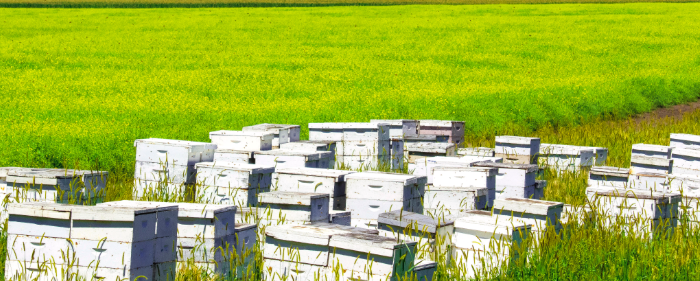
APIDAYS: better knowing bees in 3 days
July 1, 2018Save bees to preserve this free service it offers us: pollination. This is the key message of the “Apidays”, from June 14th to 16th. Beekeepers open their doors and expose themselves to explain their work and the benefits of industrious insects. As part of the ninth edition of the Apidays, educational workshops, photo exhibitions, visits to beehives […]
Read More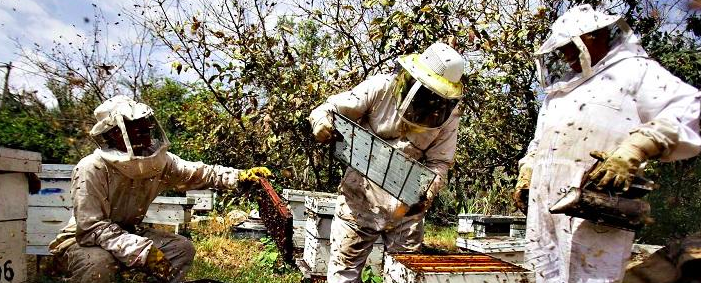
Exhibition at Fipronil
June 29, 2018Exhibition of bees Beekeepers began to suspect the role of Fipronil following the use of Regent TS for the coating of sunflower seed from 1998 onwards. It gradually became apparent that Fipronil used to treat seeds entered the plant well. (of the order of 5% of the quantity applied) and that measurable traces could be found there. On the […]
Read More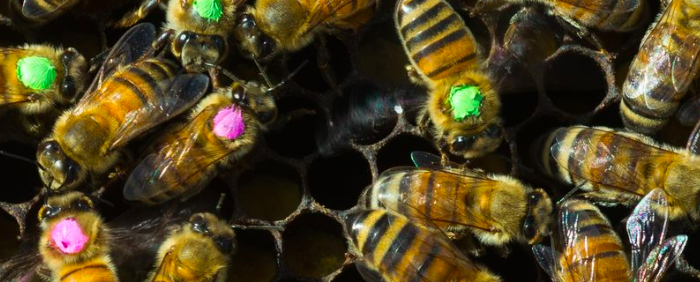
Fipronil in the wild
June 29, 2018Beekeepers have been confronted for several years with problems of abnormal mortality of bees. They have been led to suspect the action of insecticides widely used in agriculture. Behavior in plants The manufacturer has since argued that Fipronil is not a systemic insecticide. However, various studies have shown that it can be transported by the sap in the […]
Read More
After the Gaucho, the Regent TS
June 29, 2018Beekeepers have been confronted for several years with problems of abnormal mortality of bees. They have been led to suspect the action of insecticides widely used in agriculture. Two molecules indicted Beekeepers have been confronted for several years with problems of abnormal mortality of bees. They have been led to suspect the action of insecticides widely used in agriculture. It must […]
Read More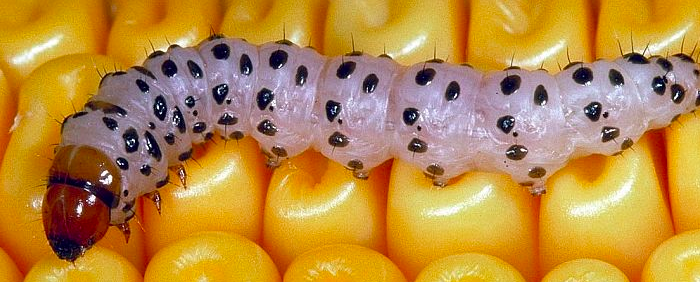
Corn Borer and Resistance to Transgenic Maize
June 28, 2018Transgenic maize crops producing Bacillus thuringiensis (Bt) toxins are primarily targeted at a butterfly, the corn borer. These cultures involve monitoring the possible emergence of insects resistant to Bt toxin. The high-dose refuge strategy (HDR), mandatory in the United States and under discussion in Europe, aims to avoid the appearance of this resistance, by promoting genetic mixing in insects. Researchers from […]
Read More
How does Bacillus Thuringiensis kill insects?
June 28, 2018Discovered in 1911, the bacterium Bacillus thuringiensis has been widely used as an insecticide since the 1950s; today it is the leading biological pest control agent for crop pests, particularly the caterpillars of Lepidoptera. In addition, transgenic plants with the toxin gene of this bacterium are the most planted among genetically modified plants. Although this bacterium and the toxin it produces have been studied for many […]
Read More
Pollinator decline threatens global agriculture – Bee
May 16, 2018As the 2018 agriculture fair opens and the agricultural world is confronted with multiple crises, let us remember that two years ago, researchers gathered in IBPES presented the results of a a large study showing the dependence of global agriculture on pollinators. The report also explained that these species are clearly in decline and that their […]
Read More
Is a “super-resistant” insect threatening global agriculture?
May 16, 2018Two insects whose larvae are among the worst pests of agriculture have hybridized. Result: voracious parasites and, especially, multi-resistant to pesticides. What cause considerable agricultural losses. This is a very frightening discovery made by two researchers from the Commonwealth Scientific and Industrial Research Organization (CSIRO), an Australian research organization. Two of the most devastating insects for crops have crossed to give birth to […]
Read More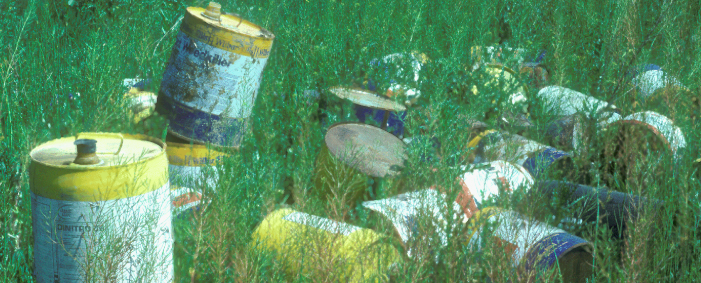
Pesticide waste management in Quebec
May 16, 2018Pesticide wastes consist of all or a portion of pesticides and materials contaminated with pesticides. This definition includes rinsing water (from rinsing empty containers and sprays), expired or withdrawn concentrate, empty containers, remaining slurry, spill residue and contaminated soil. There are two types of waste; household waste generated by the personal use of Class 4 and Class […]
Read More
What is a Pesticide?
May 16, 2018Definition and composition of a pesticide In general, a pesticide is generally defined as a product designed to destroy organisms that are considered undesirable or harmful. The products on the market contain one or more active ingredients and formulants. Active ingredient or active ingredient: a component of a pesticide to which the intended effects are attributed. The common […]
Read More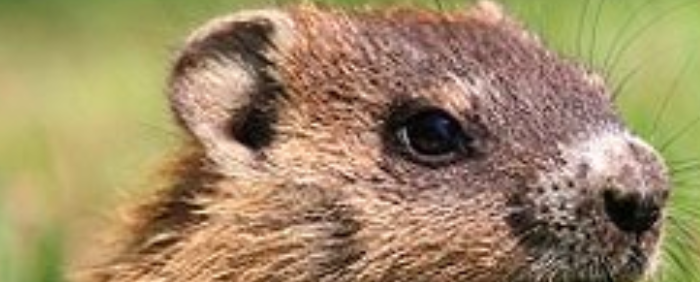
Outside, fur predators!
April 18, 2018They are adorable. We would like to cuddle them. But they come to bake in your lettuce plants. Hunting them is not easy. Here are some tips that can help you. The last thing you need is furry animals that come to ravage the garden to which you have put so much effort. Here are some tactics that might make […]
Read More
5 myths about bees
April 18, 2018There are nearly 20,000 known species of bees. Most do not fit our idea of this insect. Some even move away from the archetypes we associate with bees. Discover some of the most common myths about bees and see how to correct them. There are big differences between the breeds of bees. Here are some facts you may not […]
Read More
How to prepare your non-toxic pesticides
April 17, 2018Home gardeners use 3 times more pesticides than farmers. But you can make your own natural pesticides. Here’s how! Most commercial products to kill pests are not good for you either. Exposure to pesticides can cause neurological problems, depression, respiratory problems, cancer, fatigue and reproductive problems. Yet Sunday gardeners use 3 times more pesticides than farmers. These chemicals are runoff […]
Read More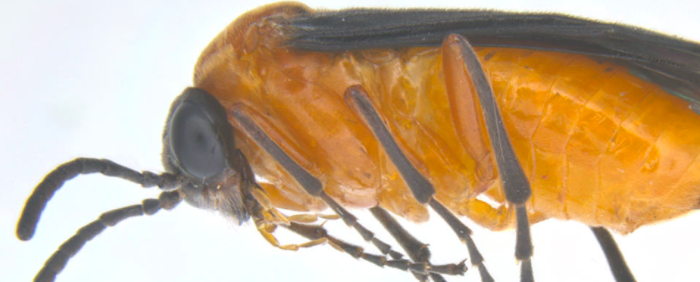
Mustard Sawfly, S.Name: Athalia lugens
January 19, 2018Mustard Sawfly, S.Name: Athalia lugens Mustard Saw Fly Order: Hymenoptera Family: Tenthredinidae This insect is distributed in Indonesia, Formosa, Myanmar and India. Main susceptible plants: Mustard, Cabbage, Cauliflower, Radish, etc. Identification: There are five black stripes on the back, and the body has a wrinkle appearance. A full grown larva measures 16-18 mm in length. The […]
Read More